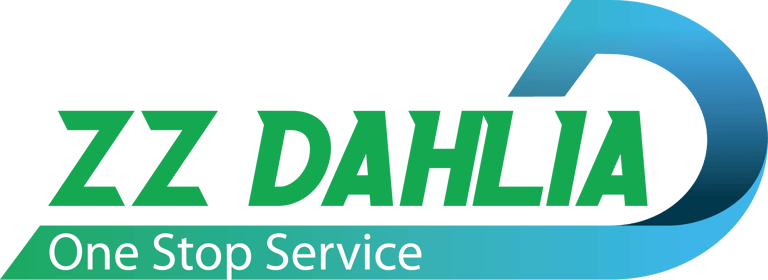Reclaim,Reinvent,Recycle Call us today Whatsapp:+86 18738158809 Email address: dahlia@dahliamachine.com
Physically Separating Waste PVC Artificial Leather
physically separating waste PVC artificial leather is a multi-step process that involves initial preparation, manual separation, mechanical separation techniques, and final processing. By employing these methods, valuable PVC material can be recovered from waste streams, reducing environmental impact and promoting sustainable recycling practices.
12/21/20242 min read
What is Physically Separating Waste PVC Artificial Leather
The physical separation of waste polyvinyl chloride (PVC) artificial leather is a critical step in recycling
processes, aiming to recover valuable materials and reduce environmental impact.
PVC artificial leather, widely used in furniture, automotive interiors, clothing, and other applications,
often becomes waste due to wear and tear or product obsolescence. Physical separation methods,
which do not involve chemical reactions, are preferred for environmental and safety reasons.
How to separate Waste PVC Artificial Leather
1. Initial Preparation and Sorting
Before initiating the separation process, it is crucial to prepare and sort the waste PVC artificial leather. This involves collecting the material, ensuring it is free of contaminants such as dirt, grease, or other adhesives, and separating it into manageable batches based on its composition and condition. Sorting helps to streamline the separation process and improve the quality of the recovered materials.
2. Manual Separation
Manual separation is often the first step in physically separating waste PVC artificial leather. This involves visually inspecting the material and manually removing any non-PVC components, such as fabric backing, foam padding, or metal hardware. While this method is labor-intensive, it is effective for small batches of waste and allows for precise control over the separation process.
3. Mechanical Separation Techniques
For larger volumes of waste PVC artificial leather, mechanical separation techniques are more efficient. These methods use specialized equipment to automate the separation process and increase throughput.
3.1 Shredding and Granulating
The first step in mechanical separation is often shredding or granulating the waste PVC artificial leather. This reduces the material to smaller, more manageable particles, making it easier to separate the PVC from other components. Shredders and granulators are commonly used for this purpose, and the resulting particles can be further processed depending on their size and composition.
3.2 Sieving and Screening
Once the waste PVC artificial leather has been shredded or granulated, sieving and screening can be used to separate particles of different sizes. Vibrating screens or sieves with varying mesh sizes are employed to separate the PVC particles from other materials based on their size. This method is particularly effective for separating PVC from larger particles of fabric or foam.
3.3 Air Classification
Air classification, also known as pneumatic separation, uses air currents to separate particles based on their density and aerodynamic properties. In the case of waste PVC artificial leather, this method can be used to separate PVC particles from lighter materials such as fabric fibers. The material is fed into an air classifier, which uses a combination of air flow and mechanical agitation to separate the particles.
3.4 Magnetic Separation
Although PVC itself is non-magnetic, waste PVC artificial leather may contain metal impurities such as zippers, buttons, or staples. Magnetic separators can be used to remove these impurities from the waste stream, ensuring a cleaner and more valuable recovered PVC material.
4. Final Processing and Quality Control
After mechanical separation, the recovered PVC particles may require further processing to remove any remaining contaminants or to achieve a desired particle size distribution. This may involve washing, drying, or additional sieving steps. Quality control measures, such as visual inspection and sampling for chemical analysis, are also crucial to ensure the quality of the recovered PVC material.
In conclusion, physically separating waste PVC artificial leather is a multi-step process that involves initial preparation, manual separation, mechanical separation techniques, and final processing. By employing these methods, valuable PVC material can be recovered from waste streams, reducing environmental impact and promoting sustainable recycling practices.
For more information or best offer,Please kindly directly call us or talk to whatsapp: +86 18738158809
Email: dahlia@dahliamachine.com
Website: https://dahliamachine.com

Address
451000,Sanquan RD,Jinshui District,Zhengzhou City, P.R.C
Contacts
Tel/Whatsapp:+86 1873 8158 809
Email: dahlia@dahliamachine.com


